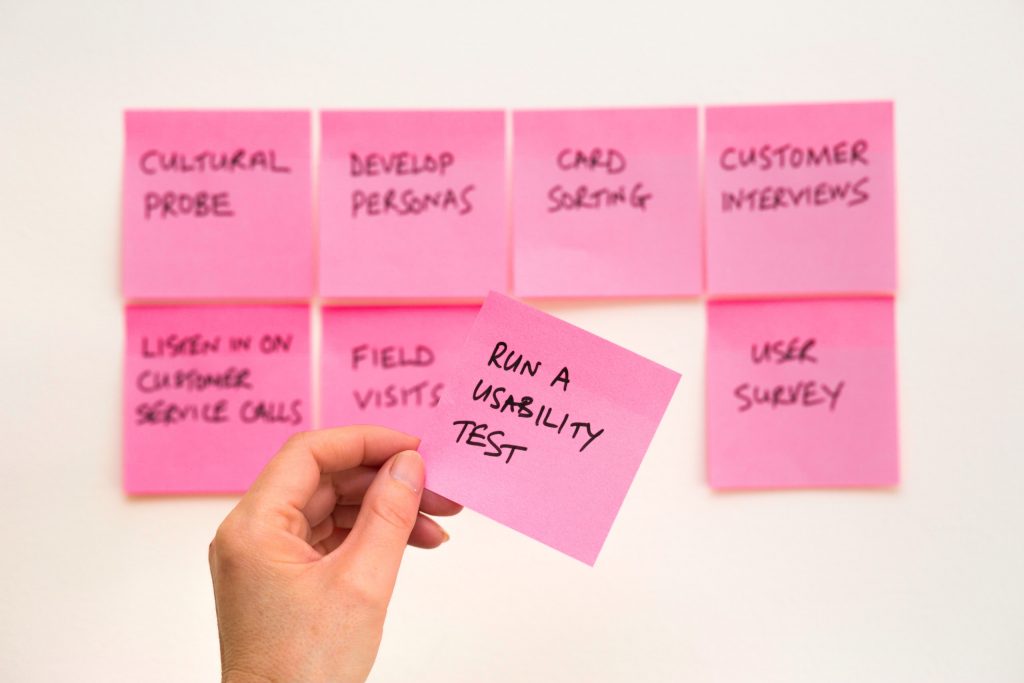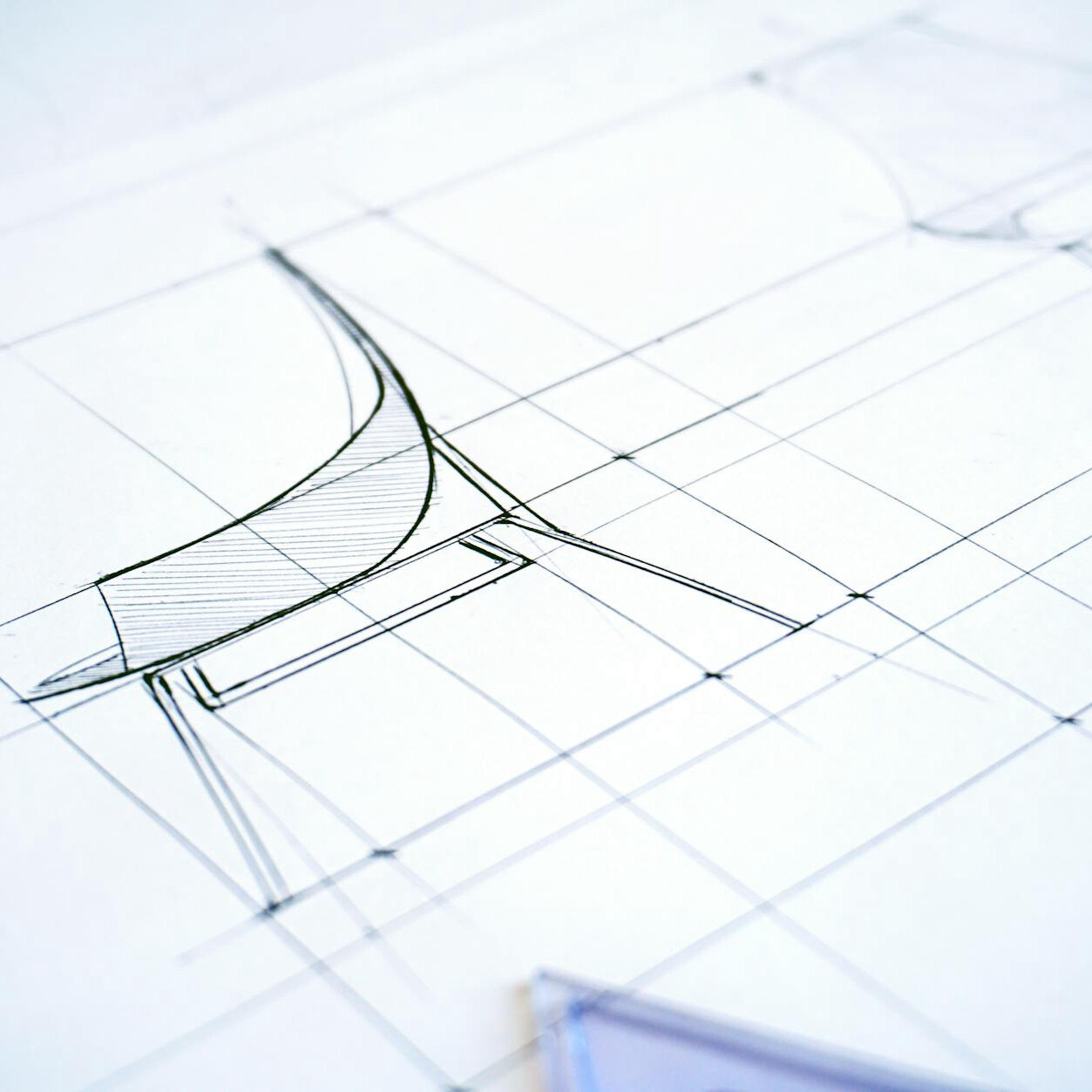User-Focused: Mapping the User Journey
Understanding users is the key to designing superior experiences. It’s virtually impossible to create a meaningful product if you don’t know what your users are looking for in the first place. Without this understanding, you are essentially taking a shot in the dark, hoping that your product resonates with users.
This is especially true in web design, where user experience is of paramount importance. The end goal is to ultimately provide value to the user and to do this, you need to prioritize the user alongside your own business goals. By focusing on the user journey, you can better understand the user’s perspective which allows you to create a more meaningful product.
Who are your users?
Before you can truly understand the user journey, you need to identify the people who will actually be using the website or platform. How would you design something that resonates with users if you don’t even know who those users are?
Once you can determine who is most likely to use your digital product, you can dive deeper into researching your target user. Through detailed user research, you can better understand their expectations and preferences when visiting a site. In this way, you can organize familiar pathways that your users have come to expect and make a positive impression.
Mapping the User Journey

With a more accurate understanding of your users, you can design ideal pathways throughout your site to help guide them along the user journey. The key is to map out each touchpoint the user will have when moving through the site. Your user will likely have a particular set of goals that they are trying to achieve while on your site. With that in mind, you can attempt to guide them through their journey to success. When done well, you can craft a seamless experience that is both intuitive and enjoyable.
As users navigate through their journey, their emotions will change according to their experience at each touchpoint. By mapping out each touchpoint right from the beginning, you can understand what drives your users and visualize their reactions. This can help you make more informed decisions throughout the design process, which leads to a more effective final product.
Identify Pain points
The point of mapping the user journey is to find ways of optimizing the overall experience. It goes without saying that this process involves identifying both the high points and the low points. Finding the high points is often the easy part. But in order to deliver a better user experience, you need to be able to recognize where users get frustrated. What aspects of your website might be confusing for the user? Are there obstacles along the way that prevent the user from reaching their goal? Identifying pain points in the user journey gives you the opportunity to find appropriate solutions before they actually affect the user.
One way to locate any obstacles along the journey is through user testing. Test your digital product on a variety of devices, resolutions, and browsers so you can see how it performs. You may notice that certain functions or design elements need to be adjusted in order to be fully optimized for that particular area.

The user journey is an essential consideration for achieving business goals. Without the user, your website or platform merely exists. Your digital product needs to benefit the user in order for it to succeed and grow. Mapping the user journey allows brands to put themselves in the minds of their users and see the product from their perspective. This shift in focus puts more attention on the user, resulting in more valuable products.



